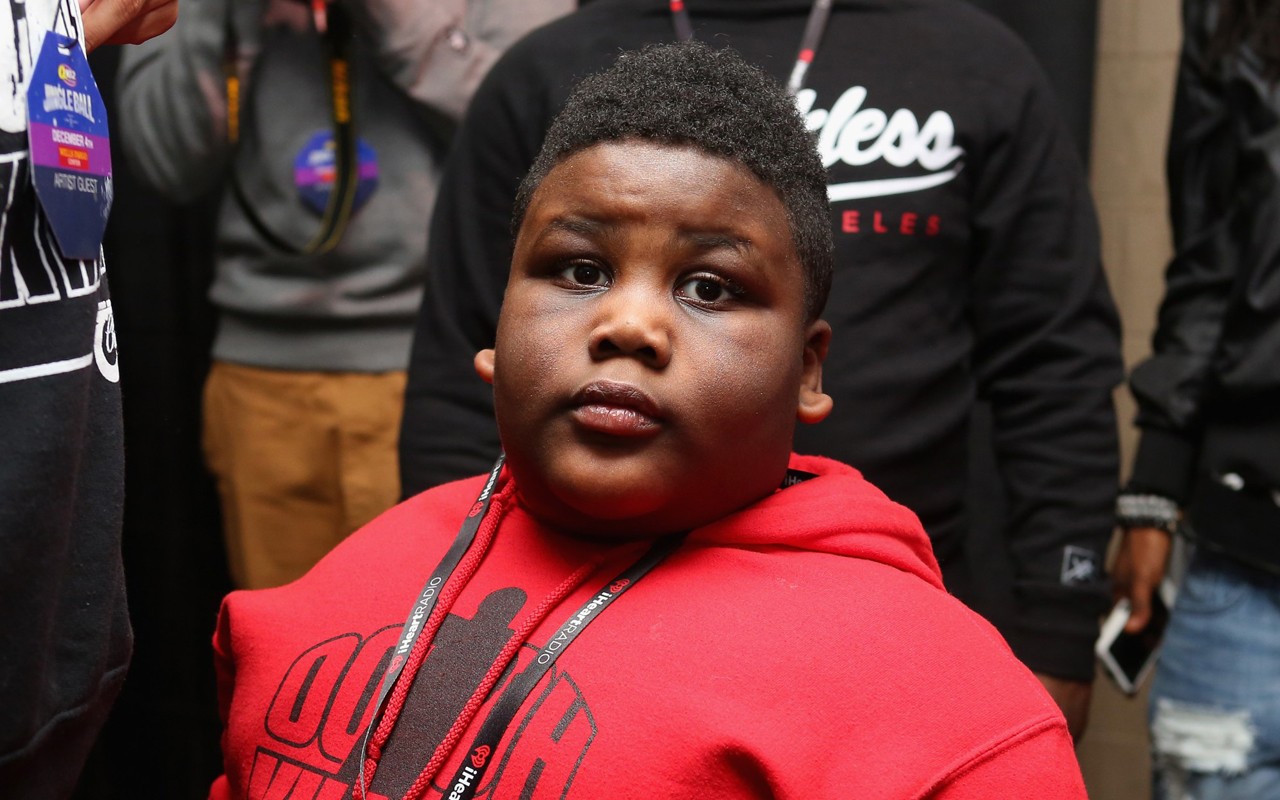RIP Vine
With Vine closing down due to other social platforms (thanks a lot, Instagram), the celebrities it produced are finding new ways to sustain their fame.
By Kevin Cordon, UC Irvine
Vine isn’t dead yet, but when the 6-second video network finally does kick the bucket, its tombstone will read: Vine, a beloved influencer of internet culture and parent of social media celebrities.
When first introduced to the world in 2012, Vine was a fresh take on video, appealing to millennials’ notoriously-short attention spans and providing an outlet for 6-second outbursts of personality, ranging from jokes and dancing to lip-synchs and song covers. One can find anything on Vine, and its ease of use made every user feel like they were a director for those 6 seconds they were behind their phone camera.
Before 2012 there was nothing like it. Facebook didn’t provide the “cool” factor that Vine had as the new kid on the block, Twitter wasn’t close to thinking about video yet and Snapchat was still being called Picaboo. Vine was fresh, and it quickly exploded into a social phenomenon that birthed an entirely new type of celebrity: The social media star. Like every other social media platform, Vine implemented a type of social currency into its interface, using the number of times the video was viewed, or “loops,” to measure a post’s popularity.
Immediately, we began to see people taking advantage of the platform to create short, polarizing content that would draw eyes from not only bored Vine users, but from companies looking for a new way to advertise as well. Vine stars began to pop up all over the world, and 6-second snippets of content began to saturate the web and take over people’s phones. The emergence of the social media celebrity quantified the success of having a large following online, and soon all the likes and loops began to produce tangible results in the form of dollar signs and relative fame.
Remember Terrio? Vine’s chubby little superstar danced his way onto the scene with some videos his cousin recorded of him dancing alongside some colorful commentary that became a national phenomenon. His improvisational dance moves and adorable big belly are credited by some with saving Vine when it reached a popularity plateau after about a year of non-stop loops. Lil cousin’ Terrio enjoyed his moment of fame, while being celebrated by people all over the world and being invited to hang out with famous DJs like DJ Drama who thoroughly enjoyed his company.

Unfortunately, the young dancer couldn’t keep Vine afloat forever, and as his short-lived stardom began to die down, so did Vine’s prominence in the social media stratosphere. Twitter’s $30 million investment from 2012 has run its course and been taken over by larger platforms’ adoptions of video. Instagram’s 15-second video capability took Vine’s original idea to an entirely new level, and with Periscope introducing live video streaming to the mobile format, Vine’s lack of innovation had officially sealed its fate in a social media race where if you’re not first, you’re dead last.
While Vine didn’t differentiate from the rest of the pack, some of its users definitely did, taking their creativity beyond the platform that gave them an opportunity to build a following. Users like Zach King saw Vine as a way to express more than just lip-synchs and quick jokes; he turned his 6-second loops into magical art. Having already mastered video with a Youtube career that began in 2008, King took his talents to Vine. With what he calls “digital sleight of hand,” King captivated audiences with his vines of seemingly-impossible magic tricks made real with some great editing. His vines have generated almost 1.5 billion loops, and his account has a following of over 4 million people. He’s been on Ellen, The Today Show, CNN and has done an videos collaborating with Crayola. With talent like King’s, the death of Vine won’t be alarming, and with the following he’s built, he’s sure to continue to captivate through video.
Zach King isn’t the only one not settling for 6 seconds of fame. Andrew Bachelor, or you may know him as King Bach, hasn’t taken his Vine fame for granted and is using it to find avenues for success in other media. Bachelor is known for his short sketch-comedy loops and has the leading follower count on all of Vine with 16.2 million followers, generating over 6 billion vine loops.
He didn’t just want to be the funny guy on the internet, however, and quickly sought opportunities elsewhere, landing several spots on TV shows and a few small roles in films. Most notably, he’s a recurring cast member on Nick Cannon’s improv-comedy show Wild ’N Out and plays Trayvon on Adult Swim’s Black Jesus. Bachelor and several others transcended their early Vine success to launch full-blown careers. Now, they’re watching the platform they used to gain notoriety slowly grind to a halt as they continue to grow.

Vine wasn’t a failure by any means. Its impact on pop culture is unprecedented, and loops changed the landscape of social video content forever. Twitter did right in buying the social video network because it improved on what Twitter does best: Creating funny and entertaining content in short spurts. However, Silicon Valley is full of savages, ravaging anything in their way to get to the top. Instagram tore apart Vine’s inability to adapt and left it for dead.
Vine should be remembered for its more endearing qualities, like the abundance of content that was downright ridiculous. I’m thinking of the British girl who sang she was in her “mum’s” car or the dude that did a full tumbling line inside a Krispy Kreme until he knocked down their sign. Remember those random, great internet moments when you stumbled on a funny loop and watched it 20 times in a row? That’s how Vine should be remembered, for its ability to make the world stop and enjoy something for 6 seconds, or 12, or 18. Vine, you will be missed and remembered, until the next big social video phenomenon takes over.

















